Are you curious about what exactly unisex clothing is and where to buy it? This article has the answers you’re looking for!
Unisex…gender neutral…androgynous. These three terms can be applied to much of today’s clothing.
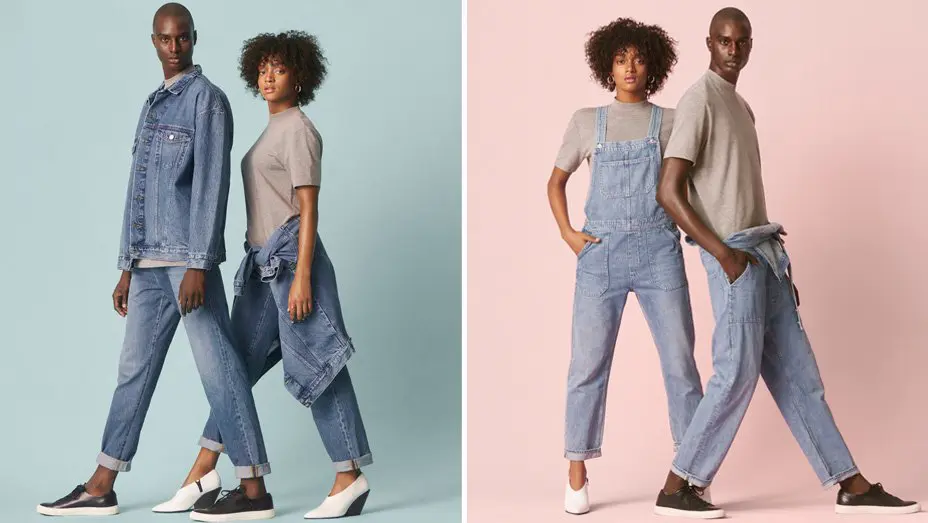
The definitions are somewhat ambiguous and may be used interchangeably by some. Perhaps it is all semantics, yet the terminology differences reflect the times in which they were coined.
I’m going to admit two things that may influence my perspective about unisex clothing: first, I’m female, and second, most of my wardrobe was either purchased in men’s departments or could be considered unisex.
This is not to say that I identify as anything other than female, or attempt to dress androgynously, it’s just that today’s society favors unisex designs: T-shirts and turtlenecks, button shirts, jeans, khakis and blazers are all part of unisex styles.
The unisex movement may have made women’s clothing more masculine, without becoming unfeminine. In fact, part of the appeal of unisex fashion is the contrast between the wearer and the clothes.
This can actually call attention to the body wearing the clothes. A close-fitting sweater accentuates the wearers’ physique.
That begs the question: What is the difference between unisex, androgynous and gender neutral?
The term gender was first used in 1955 to describe social and cultural aspects of whether a person was male or female, regardless of their biological sex. Next, the term unisex was coined in the 1960s in reference to garments that were intended to be worn by either sex.
Most unisex clothing was, and is, based on male styles. Fit may be adjusted, some new fabrics may be introduced, but it is still basically men’s clothing adjusted to include women wearing it.
Everything old is new again
The term androgynous was first used in England in the 17th century, but the term became fashionable again in the 1970s in reference to the glam rock scene.
It refers to someone whose appearance is neither clearly feminine nor masculine – having an ambiguous sexual identity with both masculine and feminine characteristics.
Androgynous clothes are meant to blur the line between blatant male or female characteristics. David Bowie, as Ziggy Stardust, is one of the first, and clearest, examples of androgynous dressing.
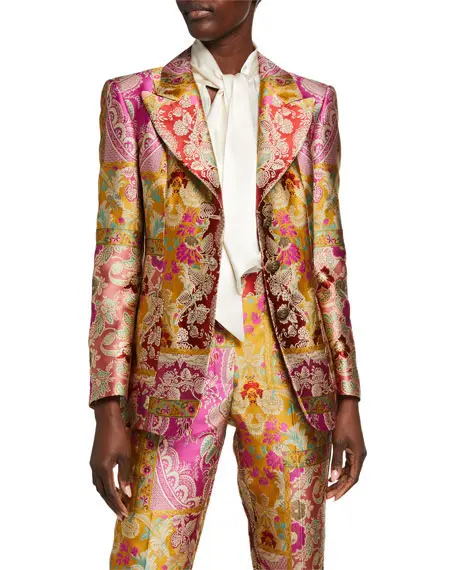
He embraced make-up, styled and colored hair, and wore clothing that, unlike most pedestrian clothing, made you wonder whether it was intended for men or women.
People who embrace androgyny want to look neither male nor female to avoid gender stereotypes. The clothing is more fluid and loose, favors dark colors and often has boxy structures.
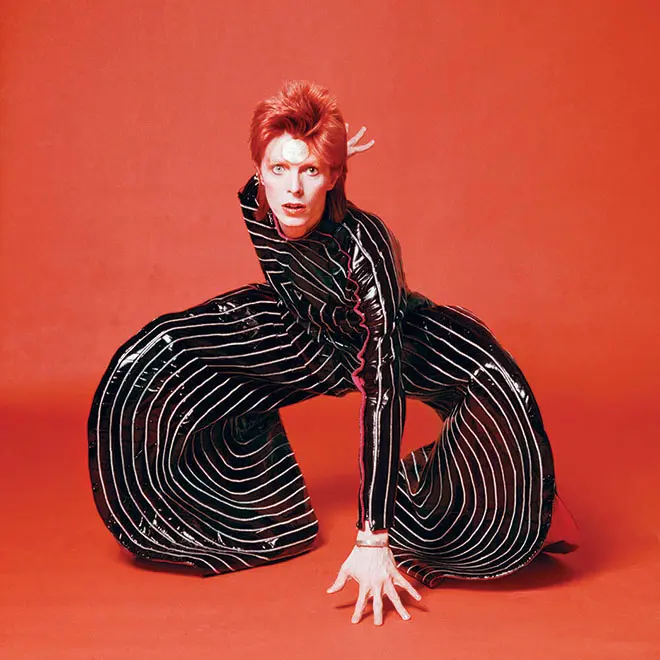
Gender neutral is a more modern term that is similar to unisex. Its original purpose was to be gender-inclusive for those in the LGBTQ community, as well as those outside it.
It’s a reaction to limited off-the-rack options of standard sizing that doesn’t really fit or flatter the body of either males or females. It’s meant to be non-judgmental – considering both men and women equally in the design process.
This is especially important with the increased visibility of the LGBTQ+ community and the emphasis on political correctness and inclusion today.
A deep look into fashion and its history shows that while many think that unsex dressing is a new trend, its latest incarnation started 70 years ago.
Whether you use the term unisex, androgynous or gender-neutral, everyone from couture designers to affordable mass-market retailers are embracing it.
Read more at The Modest Man

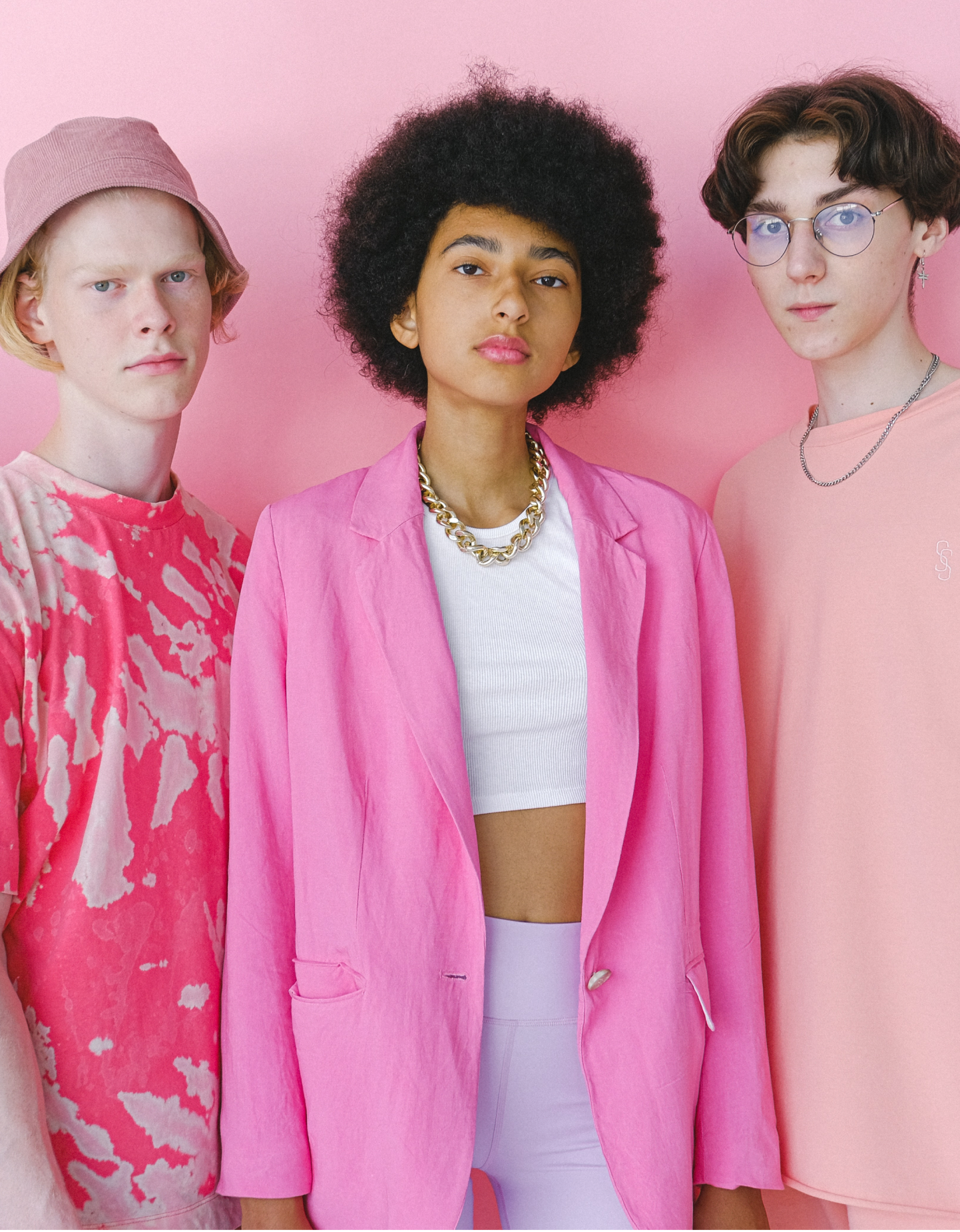

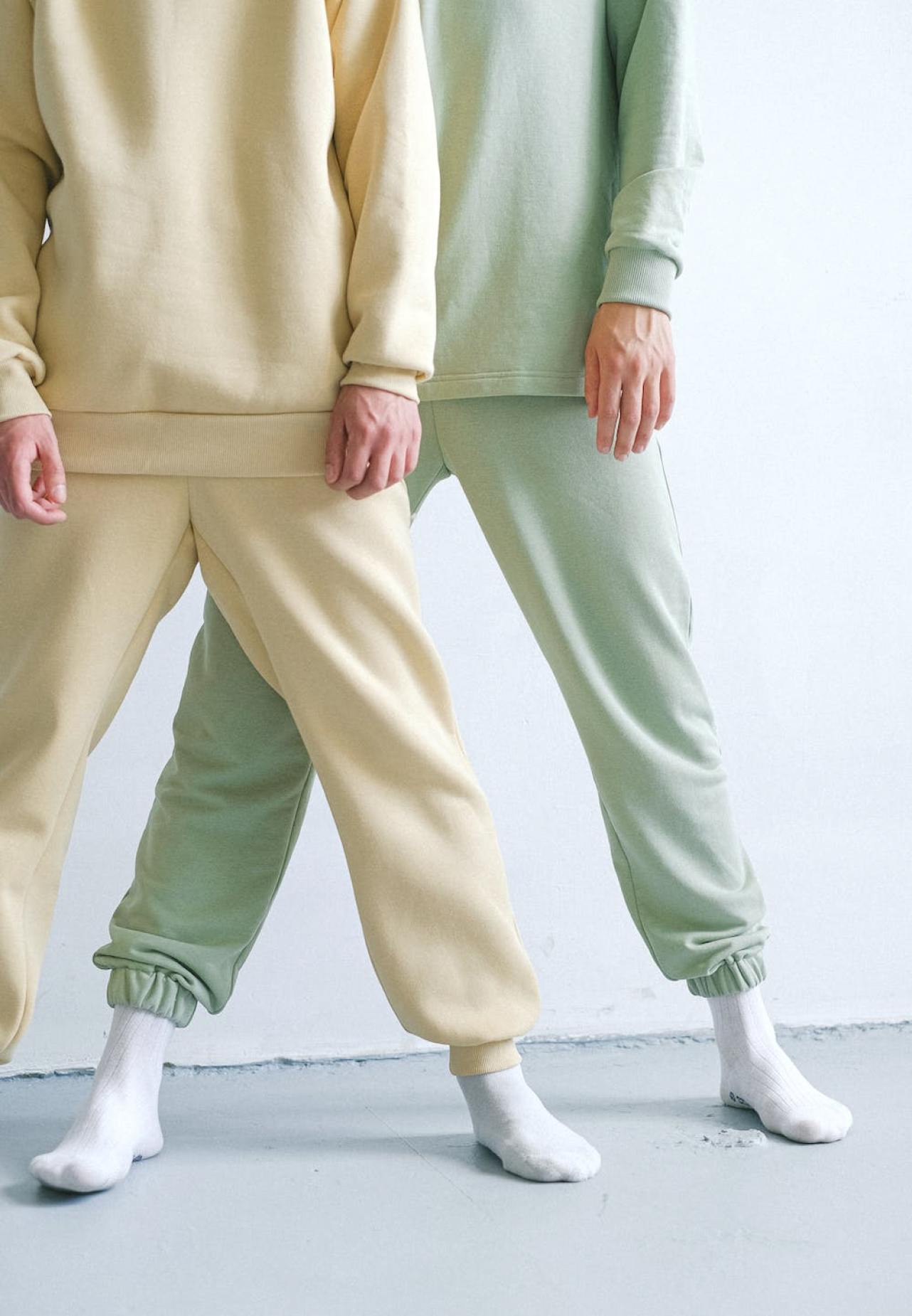

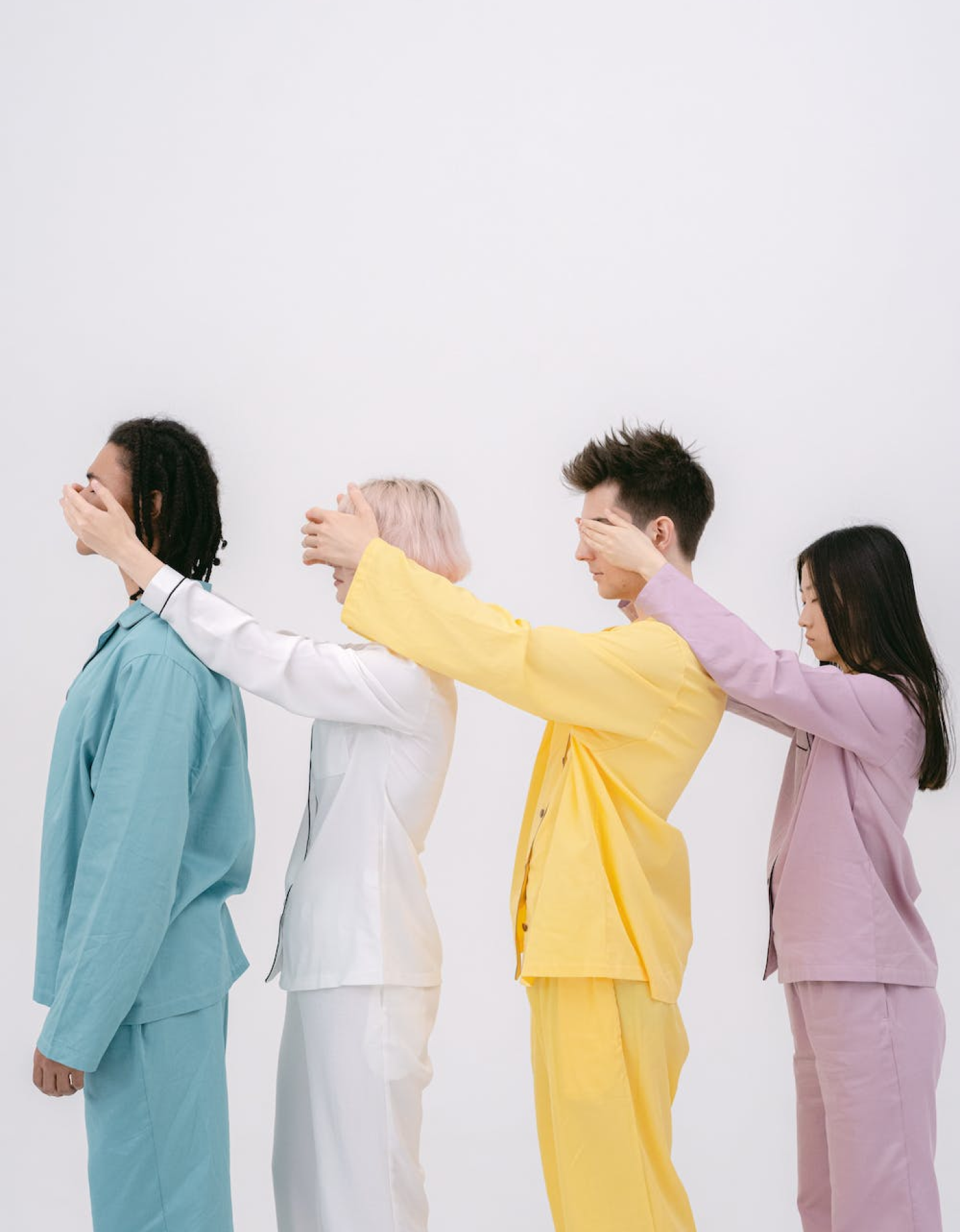
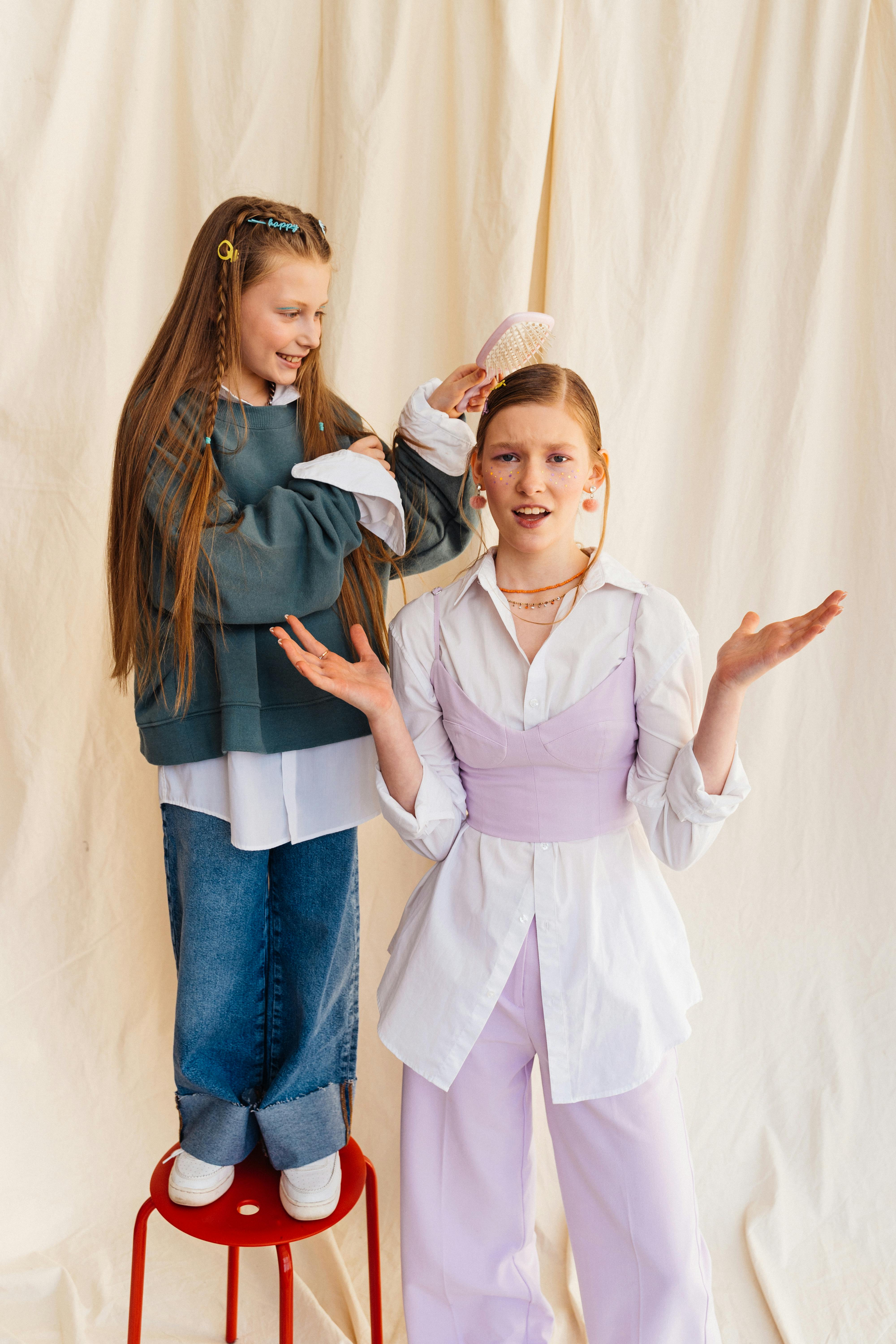


Comments (3)
Does any one know how I can dress better in this style?
Nice to know it. This is more than just a trend
Brilliant idea, didn’t know a fashion style has such a deep history!